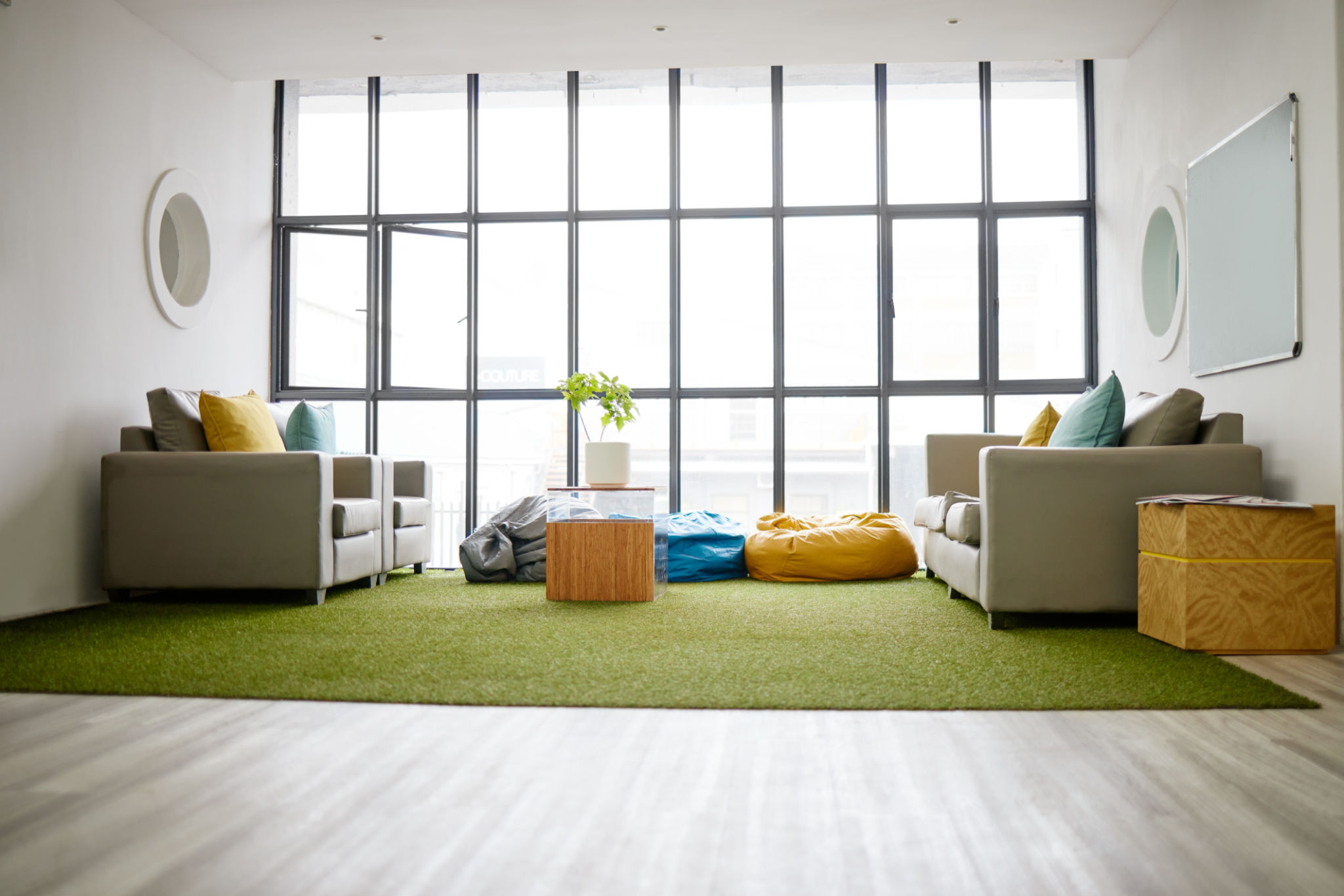Decoding Modern Architecture: Key Features and Benefits
Introduction to Modern Architecture
Modern architecture has revolutionized the way we perceive and interact with our built environment. Emerging in the early 20th century, it prioritizes function, simplicity, and innovation. This architectural style has not only redefined aesthetics but also introduced a plethora of benefits that cater to contemporary needs.
At its core, modern architecture is characterized by clean lines, minimalistic forms, and a focus on open spaces. These elements combine to create structures that are both aesthetically pleasing and highly functional.

Key Features of Modern Architecture
Use of Modern Materials
Modern architecture heavily relies on materials like glass, steel, and concrete. These materials allow architects to design structures that are strong yet elegant. The transparency of glass is often used to blur the lines between indoor and outdoor spaces, creating a harmonious environment.
Emphasis on Functionality
Functionality is at the heart of modern architectural design. Spaces are designed to serve specific purposes, often leading to innovative solutions like open floor plans. This focus ensures that every element of a building serves a clear purpose, enhancing the overall efficiency.

Integration with Nature
Many modern architectural designs incorporate elements of nature. This can be seen in the use of natural light through large windows, green roofing systems, and indoor gardens. Such integration promotes sustainability and provides psychological benefits, creating spaces that boost well-being.
Benefits of Modern Architecture
Energy Efficiency
Modern architecture often includes sustainable designs that prioritize energy efficiency. Features like solar panels, natural ventilation systems, and energy-efficient lighting help reduce a building's carbon footprint, making it more environmentally friendly.

Aesthetic Appeal
The aesthetic appeal of modern architecture is undeniable. Its sleek, minimalistic design is not only visually striking but also timeless. As trends evolve, modern structures remain relevant due to their simplistic beauty and adaptability to change.
Flexibility and Adaptability
Modern architecture often includes flexible spaces that can be easily adapted for different uses. This adaptability is crucial in a world where needs are constantly changing. Multipurpose rooms and modular furniture are examples of this flexibility in action.

The Future of Modern Architecture
As we move forward, modern architecture continues to evolve, embracing new technologies and materials. Innovations such as smart home systems and 3D-printed buildings are setting the stage for the next era of design, promising even more efficiency and creativity.
The influence of modern architecture is evident in urban landscapes around the world. Its principles not only shape how we build but also how we live, offering a sustainable and aesthetically pleasing solution for future generations.
